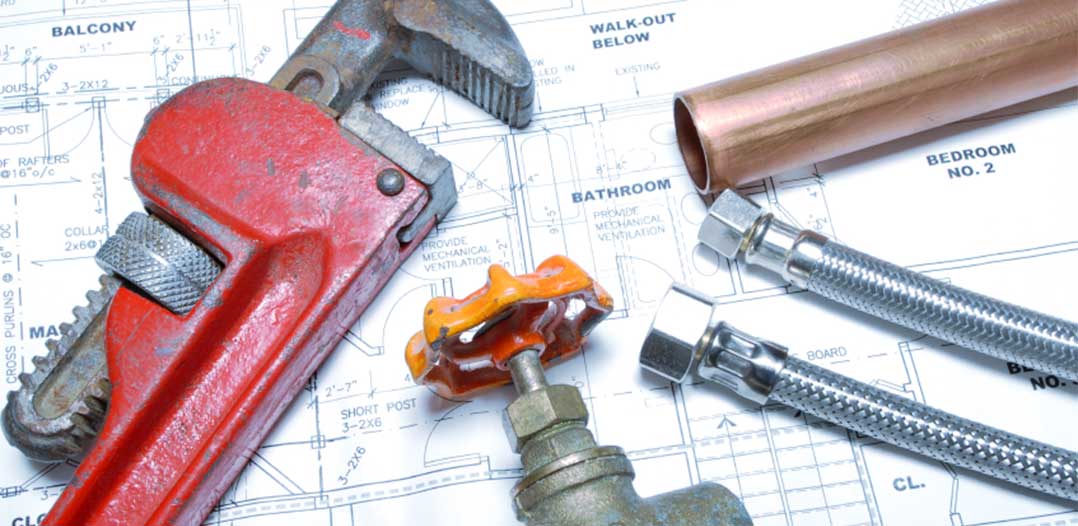Simple Sump Pump Maintenance Tips
April 5th, 2011We have been seeing many problems with sump pumps this first week in April. Snowmelt off is saturating the ground and raising the water tables. When you add in April showers with an already high water table due to record levels of winter snow. We end up with rising rivers and basement flooding. Your best defense to fight basement flooding is to live in an apartment (top floor). If that’s not going to work for you then a good sump pump is your next line of defense.
I recommend testing your sump pump every spring. The sump pump is the one plumbing fixture/device I recommend replacing every few years (4 yrs) even if it still works. Many other plumbing items can be left alone until they quit working, but a sump pump is different. By the time you realize the pump has quit working (usually at night) your basement has already flooded and caused major water damage leading to high moisture in your walls and MOLD. It is worth the cost every four years to save your house from Mold Damage.
How do you test your sump pump?
Before you test your sump pump you should know a little information about the pump first. Most Sump pumps are located in a sump basket with a cover. They typically are around 16 gallons (the size of a medium garbage can) and are always located in the basement. Many of the covers have a slot in them for the discharge pipe to exit the basket or a hole on with a rubber plug seal.
The sump pump pipe should have a check valve located just above the top of the cover. This check valve prevents the water in the pipe from running back into the basket after the pump has shut off. Without a check valve the sump will have a tendency to turn ON/OFF, On/Off frequently and can lead to pump failure.
Sump Pumps are turned on and off by a water sensor switch. Many pumps use the float system. A float switch is connected to the pump, As the ground water fills the sump basket the float ball begins to rise and triggers the switch to turn the pump on. The pump will stay on and continue to pump the water out until the water in the basket has subsided causing the float ball to lower and shut off the pump.
If the ball float for sum reason does not lower and shut off the pump, the sump pump will continue to run. I pump that continues to run with out water flowing through it will rapidly over heat and BURN OUT. A burned out pump can and will lead to basement flooding, floor damage, mold, rotten walls, and a musty smell that lingers for months.
A great way to test your sump pump is to hook up a garden hose to your laundry tub faucet and run water into your sump basket. When the water in the basket reaches about 8 to 14 inches deep, depending on your pump the float switch will trigger the sump pump to turn on.
All cities prohibit the sump pump from pumping the ground water into the sewer pipe. Most cities will fine residents if they are illegally pumping ground water, from sump pumps into the sewer pipe.
The sump pump pipe usually 1.5 inches in diameter should run to the ceiling of your basement and then exit out the house through a hole . From there I recommend attaching a flexible plastic pipe so you can get the water at least 10 feet away from the house.
If the water does not get at least 10 feet away from the house it will just finds its way back into your basement Make sure when your pump is running that the water is leaving the house and running out on your yard.
You also need to make sure the pump shuts off and then starts back up again once the water rises.
Do this every spring for great piece of Mind.


